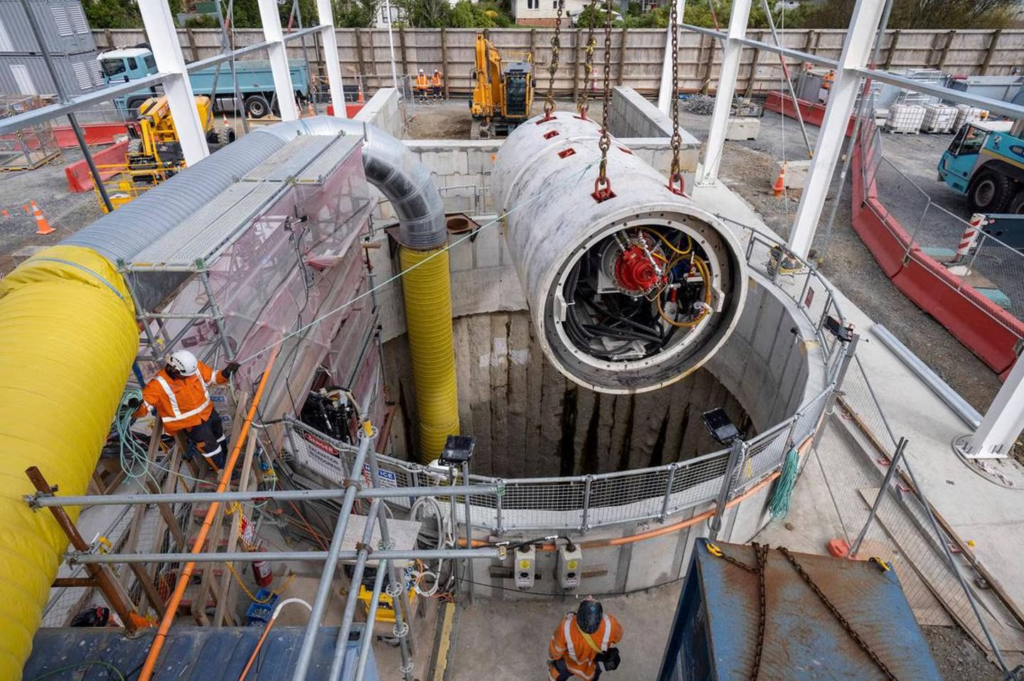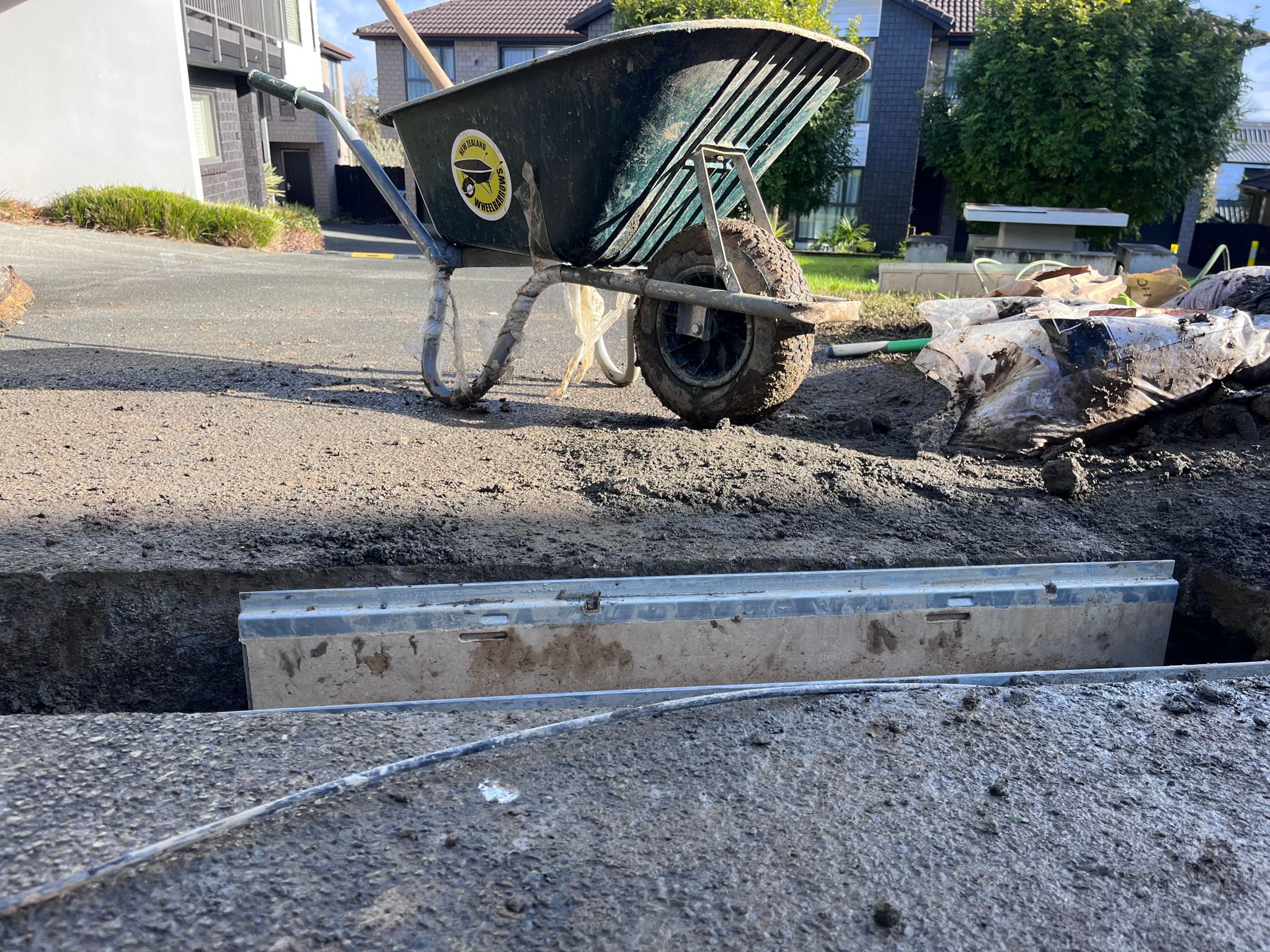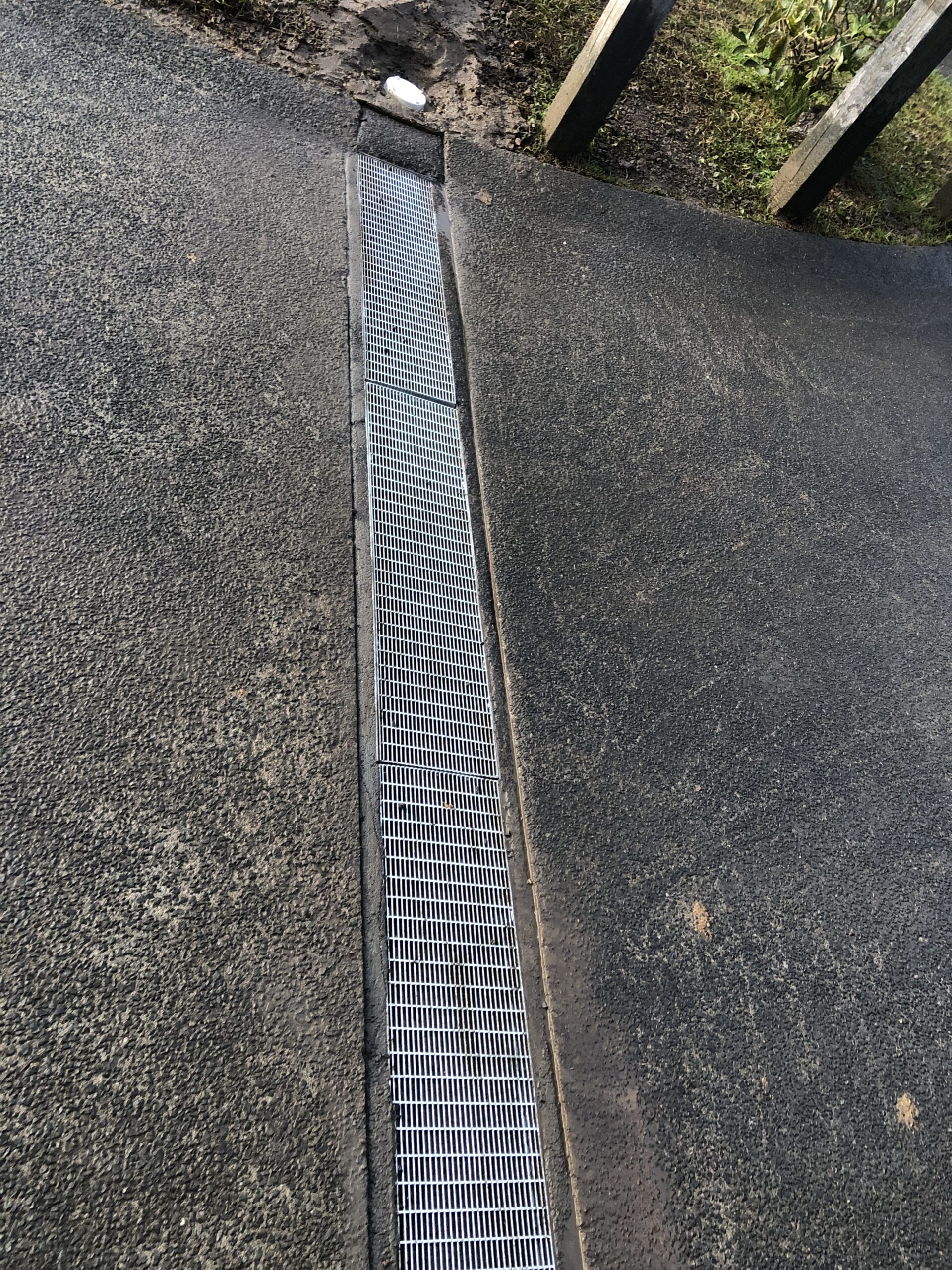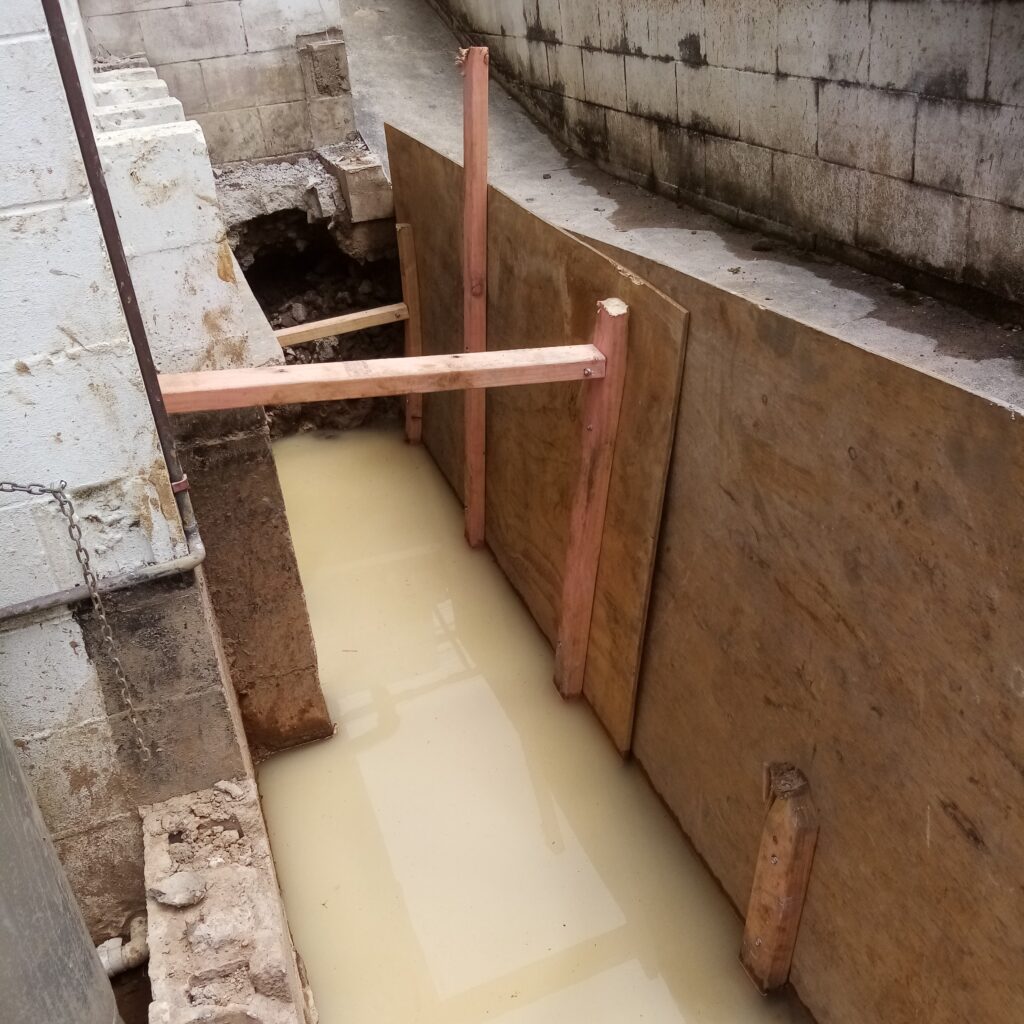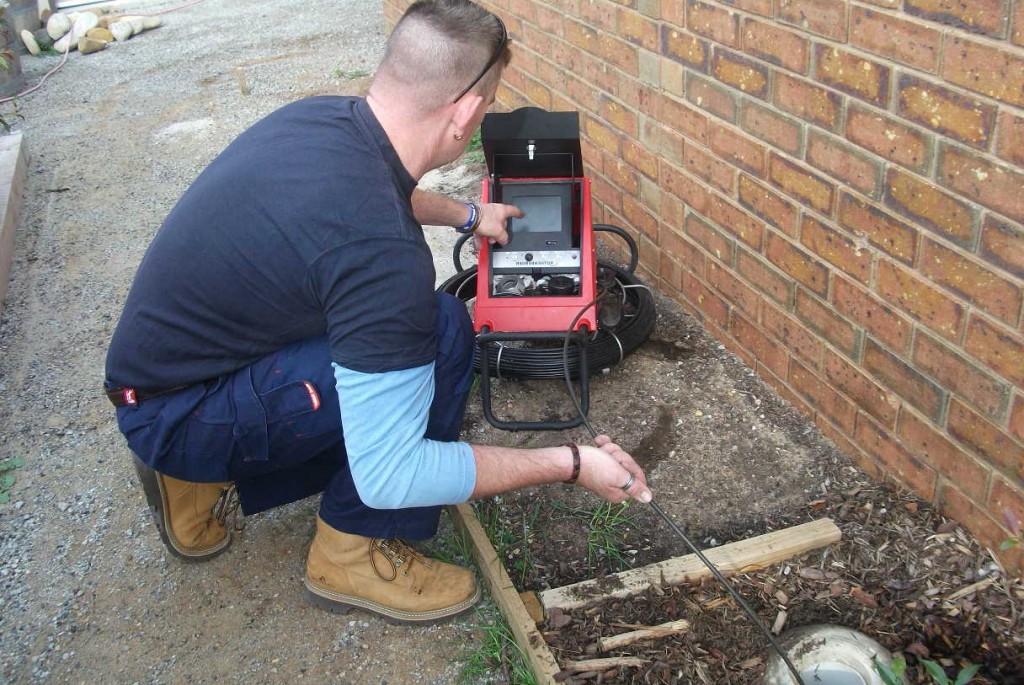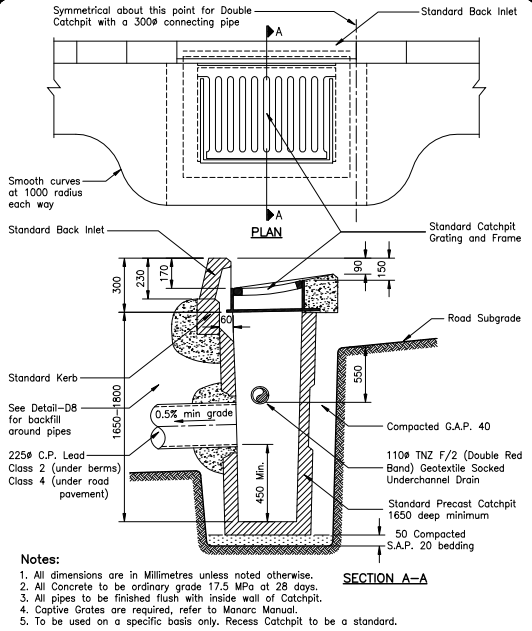Homeowners in Auckland should think about drain mainenance as summer draws near. As warmer weather approaches, getting your drainage system ready now will help avoid problems that often occur as the temperature rises. Here are several reasons why summer is the best time of year to do drainage work, from the advantages of proactive inspections we would discuss things in details.
How Seasonal Changes Affect Drains:
The drainage pipes may shrink during Auckland’s warmer months. In fact, this natural contraction has the potential to tear pipes apart, leaving gaps or fractures that, over time, may result in leaks, obstructions, or even more serious drainage problems. In order to make sure your drainage systems are prepared for the next dry and rainy seasons, summer is a crucial time to inspect and maintain them.
Now is the moment to check more closely if your house has ever had even the smallest drainage problem. Compared to the wetter winter months when water or mud may hide the indications of damage, any problems are simpler to identify and resolve during the dry summer months. Ignoring these problems might eventually result in expensive repairs over time.
CCTV’s Function in Drain Maintenance:
A CCTV drain inspection is one of the best methods for identifying drainage problems. Professionals can locate obstructions, holes, or other problems in your drainage system using a tiny camera and CCTV technology, all without the need for digging up anything. Homeowners can find and fix drainage problems quickly and affordably with CCTV drain inspections.
Using CCTV cameras to examine drains is considerably simpler in dry weather since they provide a sharper image of the interior of the pipes, free from obstructions like dirt or too much water. It is best to schedule a CCTV drain inspection during Auckland’s warmer months if you face any problems.
Typical Summer Drainage Problems to Look Out for
As the weather heats up in Auckland, some drainage problems are more likely to arise. The following are some typical issues that CCTV inspections may identify:
1. Cracks or Shifts in Pipes: Pipes may move slightly as a result of soil contraction, which may cause breaks or misalignment. Even minor changes that may potentially lead to more serious issues might be found with a CCTV inspection.
2. Root Intrusion: During the dry months, trees and plants look for moisture, which may cause roots to enter pipelines and clog them. You may identify root incursions early on before they result in obstructions by using CCTV.
3. Blockages from Debris: Summertime might bring severe rains on occasion, but the dry season is perfect for inspection. By removing any obstructions immediately, you can make sure your drainage system is ready to withstand sudden downpours.
Why a Drain Check-Up Is Ideal in the Summer
Effective drain inspection is sometimes hampered by winter rains. CCTV drain inspections are simpler to do and often provide better results in the summer, when there is less water in the ground. You will get a clear picture of the condition of your drainage system if you have an inspection done right away. If repairs are required, you may take care of them quickly and affordably, avoiding more significant problems when Auckland’s rainy season resumes.
Homeowners’ Guide to Do-It-Yourself Drain Maintenance
There are a few things you can do to keep your drains in good condition throughout the summer, even though a CCTV inspection may assist in spotting problems. Here are some tips for maintaining the health of your drainage system:
1.Clear the outside gutters and drains: Get rid of any leaves or debris that could have accumulated throughout the winter. During summer storms, clogged drains and gutters may cause flooding and water damage.
2. Check Drain Covers and Grates: Verify that drain covers are firmly in place and undamaged. By preventing bigger material from getting into the drains, these covers lessen the chance of blockages.
3. Use a Natural Drain Cleaner: A natural drain cleaner, such as vinegar and baking soda, will assist remove small obstructions without damaging your pipes.
Schedule a CCTV Drain Examination:
Homeowners in Auckland should take advantage of the summer months to fix any possible drain problems before they become worse. You may save time and money in the long run by scheduling a CCTV drain inspection to identify minor issues before they become more serious and need expensive repairs. The dry season of summer is a great time to inspect and maintain the condition of your drainage system.
At Master Drainlayers, you can be confident that our employees are qualified and authorized to do the service, and our work is guaranteed. We take satisfaction in the quality of our work, despite the fact that it is buried and no longer visible. Drainage NZ have over 20 years of drainage experience! We are experienced, qualified and have all the toys to do anything that relates to drainage in New Zealand.













